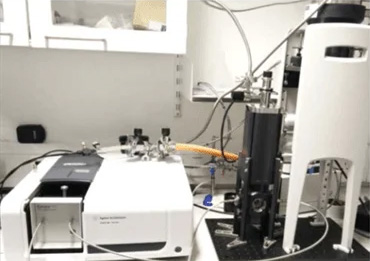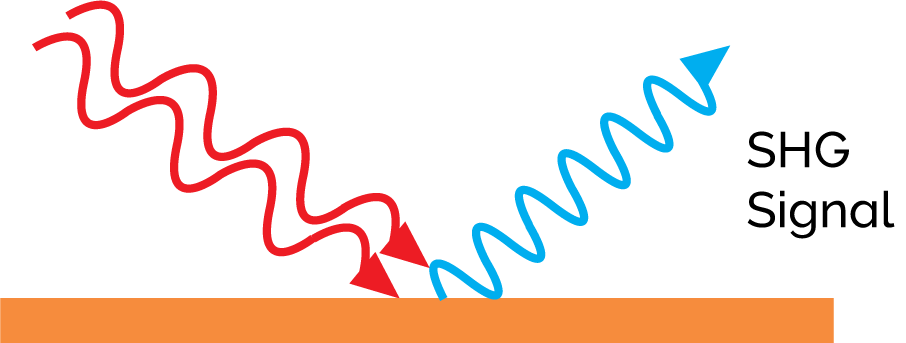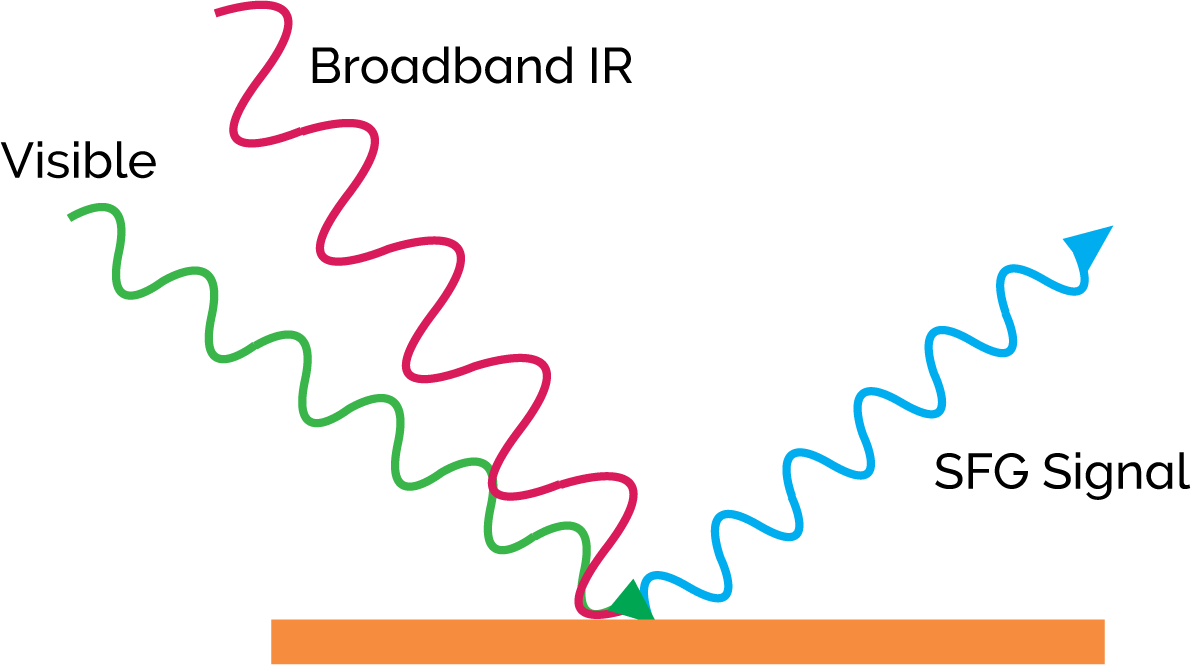Resources
 Part of the Oxford Instruments Group
Part of the Oxford Instruments Group
Expand
Collapse
 Part of the Oxford Instruments Group
Part of the Oxford Instruments Group
As we move to lower temperatures of the orders of Kelvins we are looking at exceptionally low energy processes, often with single atoms and molecules. We do this to understand the fundamental properties of chemistry, biochemistry and physics.
We might want to:
Technology is always evolving and as we improve the availability of cryostats that can be easily incorporated into modular laboratory experimental setups, then we make the process of experimentation in these challenging conditions easier for scientists.
We can control the temperature of samples in a vacuum or exchange gas down to 4.2K - liquid helium temperatures (4.2 K) via our range of cryostats.
Andor also supplies high resolution, high throughput, modular and easy-to-use optical spectrometers from the UV to the NIR and SWIR. These operate from macro- to nano-scale, with fluxes down to single photon and time-resolution down to the nanosecond.
Andor’s range of spectroscopy cameras and detectors offer a wide range of sensitivity, time-resolution and sensor formats. These suit specific experimental conditions from UV to SWIR, with nanosecond to hours’ time resolution. They cover high photon flux to single photons with superb dynamic range and resolution.
Here we present just a few of the techniques that are being used by our customers with our spectrometers, cryostats, cameras and detectors.
Low Temperature Absorption Spectra
Reducing the temperature of many substances can increase the number of absorbance bands by resolving bands which are combined at higher temperatures. Cooling can reduce bandwidth because excited states are not occupied. Band wavelength can also be shifted. So overall lower temperature leads to higher sensitivity. This is applicable to routine identification of substances with known spectra.

Our Optistat cryostats cover temperature ranges from 2.3 – 500K and can neatly fit into an optical path of any laser system including high energy, nano-, pico- and femtosecond pulsed and CW lasers. Many types of spectrometer are suitable including our own optical spectrometers.
Photoluminescence
Our customers have studied photoluminescence in quantum dots (colloidal metal sulphides) at cryogenic temperatures with promising applications in bioimaging, biosensing and solar cells [2].
SERS - Surface Enhanced Raman Spectroscopy A research group looked at picocavities and adatoms forming on gold surfaces [3]. The work is of interest in the production of single-atom optical switches, photocatalysis and photovoltaics.
We can study reactions taking place with our sample in gas cryostat setups. Such as in the photolysis of Vitamin B12 using a dry cryostat [1].
SHG (Second Harmonic Generation) spectroscopy is a technique used to study surfaces and interfaces, and the symmetry of solids. Two photons are combined to form a new photon with twice the frequency (and energy) on interaction with a non-linear material. The SHG signal is resonantly enhanced by electronic transitions of interface states. It is also very sensitive to charge near the interface making it a good technique to study surfaces by spectroscopy. See [5].

Fortunately, non-linear materials include semiconductors, nanotubes, layered materials such as graphene, oxides and catalysts [4]. Biosensors and the protein-surface reactions can also be studied as well as cancers and the eye.
BB-SFG Broad Band Sum Frequency Generation

BB-SFG involves the mixing of 3 photons – a broad band infrared pulse (with 2 components) and a narrow band visible beam. These generate a third beam at the interface of a non-linear crystal with angular momentum equal to the sum of the 2 components – the tripled beam [6].
Non-linear optics is a science in its infancy and has potential to produce advanced optical communications systems.
The possibilities are endless. So we would urge you to be creative in the design of your experiments. Try configurations that have not been tried before and use novel manufacturing processes with our equipment. We are continuously developing new products so that you can discover new science.
[1] Low Temperature Photolysis of Vitamin B12 Using a Dry Cryostat- Oxford Instruments (oxinst.com)
[3] Optical suppression of energy barriers in single molecule-metal binding | Science Advances
[4] Interlayer exciton mediated second harmonic generation in bilayer MoS2 | Nature Communications
[5] c-Si Interface Insights via Low Temperature Spectroscopy- Oxford Instruments (oxinst.com)
Date: August 2023
Author: Dr Jo Walters
Category: Application Note
